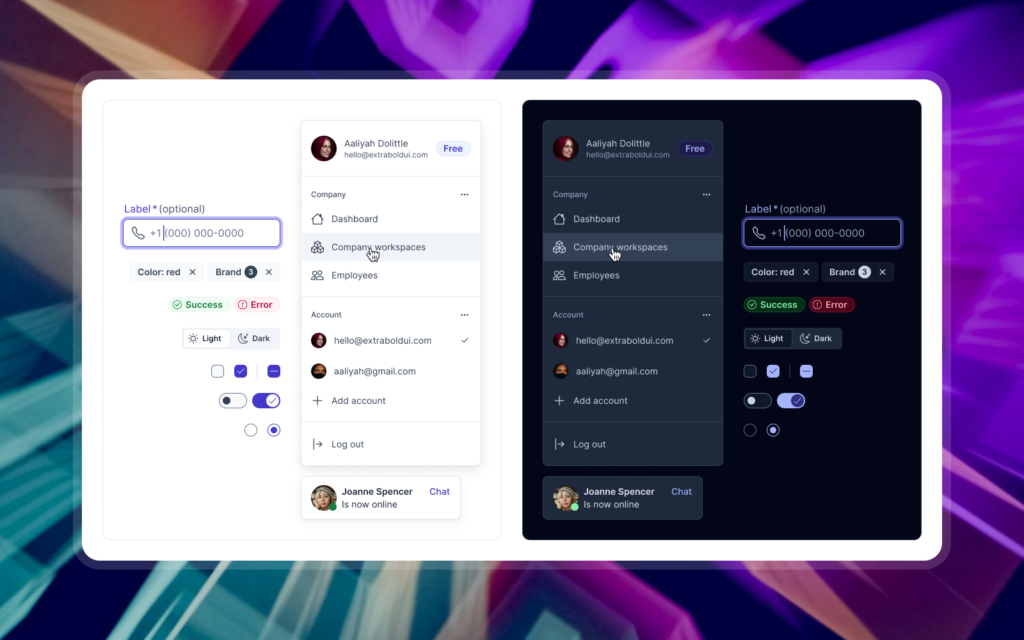AI-driven design automation
AI will move from curiosity to utility. Expect tools that generate component variants, flag contrast and accessibility issues, and surface likely inconsistencies before they reach production. That automation will shorten routine workflows and let designers focus on strategy and clarity.
Tighter design to code integration
The boundary between Figma and production code will keep shrinking. Real-time synchronization between design components and codebases will reduce manual translation, lower handoff friction, and cut the number of visual regressions that slip through reviews.
Accessibility and inclusivity as defaults
Accessibility will stop being an optional checklist. Design systems will ship with accessible components, documented patterns for inclusive interactions, and automated tests baked into the workflow. That shift will make accessible products the standard rather than the exception.
Design tokens at scale
Tokens will evolve into the practical backbone of multi-platform systems. Advanced token layers will enable dynamic theming, simpler brand updates, and consistent behavior across web, mobile, and native interfaces. Teams that treat tokens as first-class artefacts will move faster and avoid subtle visual drift.
Community-driven systems and shared repositories
Open collaboration will shape more of the ecosystem. Shared component libraries and community contributions will speed innovation and spread best practices. For many teams, adopting and adapting community work will be faster than rebuilding common solutions from scratch.
Context-aware and personalised interfaces
Design systems will become more adaptable to context. Components will vary not only by size or platform but by user preference, device conditions, and locale. That flexibility will make interfaces feel more intuitive without multiplying design debt.
No-code and low-code adoption
As no-code tools gain traction, design systems will provide ready-made building blocks for non-technical teams. Pre-configured components and clear mapping to implementation patterns will let product teams deliver features without slowing engineering cycles.
What to prioritise now
Invest in tokens and documentation first. Make accessibility non-negotiable. Build integrations that let design and engineering share a single source of truth. Treat community contributions as accelerants rather than distractions. These steps will keep the system resilient as tools and expectations change.
Design systems in 2025 will be less about fixed patterns and more about reliable infrastructure. Teams that focus on automation, consistency, and inclusivity will find their products easier to evolve and simpler to maintain.

